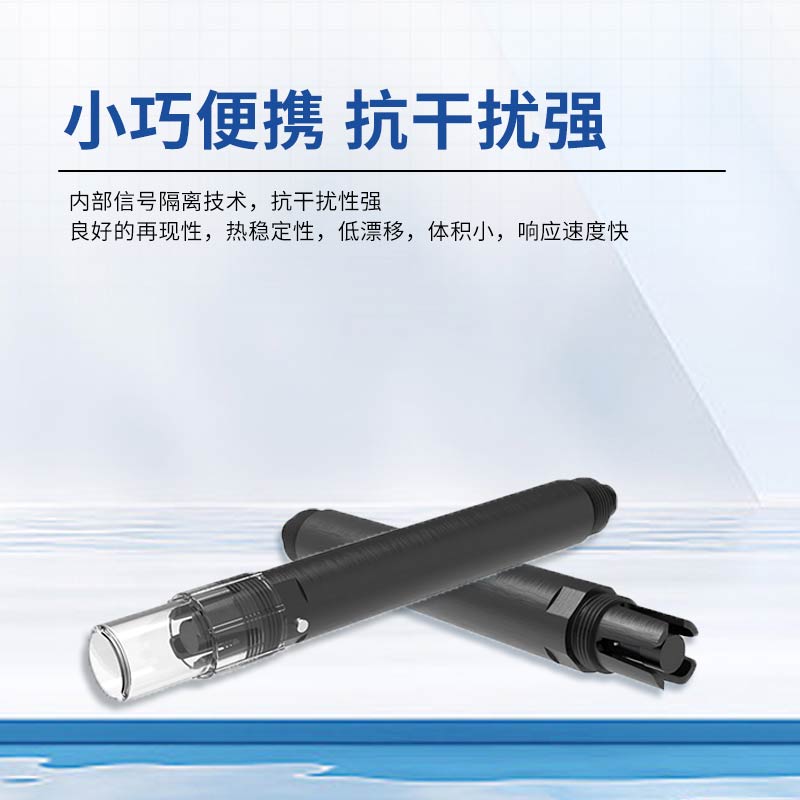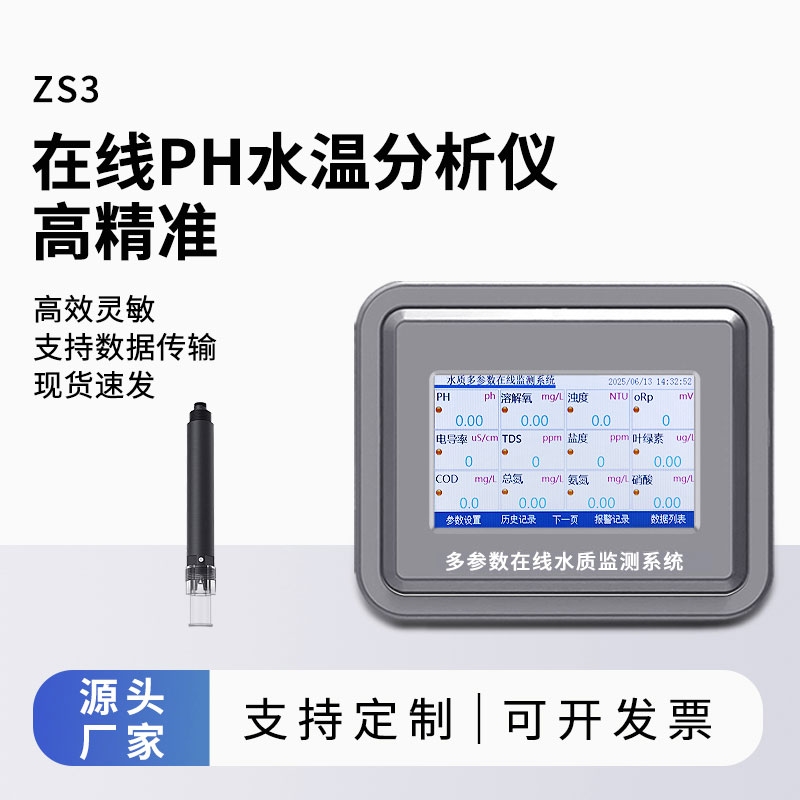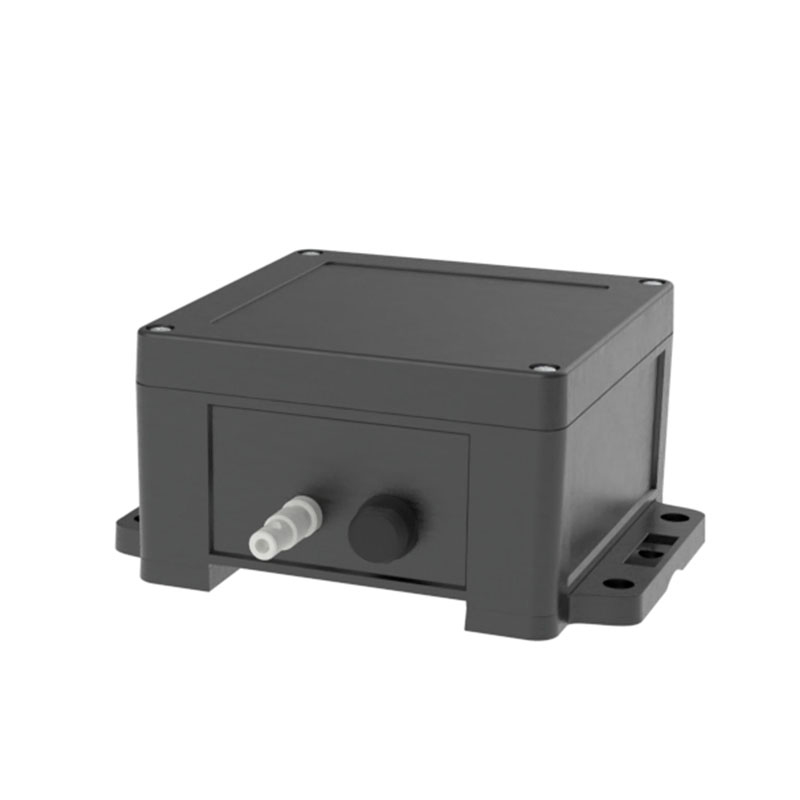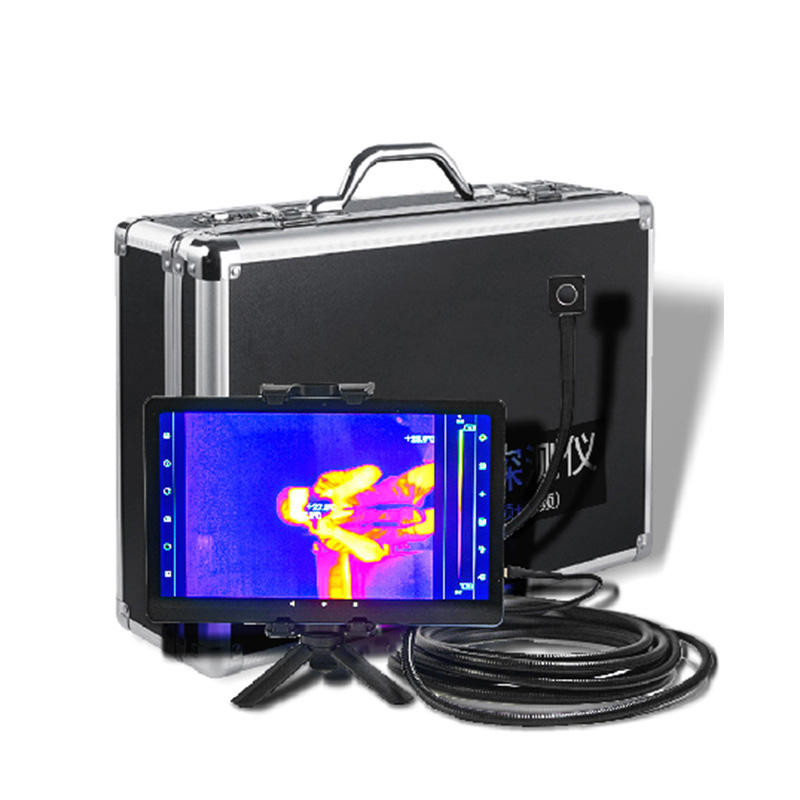The persistently high ammonia - nitrogen concentration in rivers is mainly due to exogenous pollution. The random discharge of domestic sewage and industrial wastewater, as well as the excessive use of chemical fertilizers in agricultural production, have led to non - point source pollution. These pollution sources continuously transport a large amount of nitrogen - containing pollutants into natural water bodies, ultimately resulting in excessive ammonia - nitrogen levels.
Excessive ammonia - nitrogen is typically caused by the invasion of exogenous reducing pollutants. Most of these pollutants are organic pollutants, commonly known as COD. After entering the water body, they stimulate the massive reproduction of aerobic organisms, which consume a large amount of dissolved oxygen (Do) in the river water, plunging the water body into an oxygen - deficient or even anaerobic state, and severely disrupting the originally stable nitrogen - cycle balance and ecosystem of the water body. The Do value of normal natural river water is generally greater than 2mg/L. Under such conditions, the ammonia - nitrogen in the water body can be smoothly oxidized into nitrate, making the water body oxidative, and the ammonia - nitrogen concentration can also be maintained at a relatively low level.
To solve the problem of excessive ammonia - nitrogen, the most direct and effective approach is to comprehensively block both exogenous and endogenous pollution, and simultaneously vigorously promote the restoration of the damaged ecosystem, aiming to raise the Do value of the water body back to an ideal level. Admittedly, artificial means such as aerators can increase the Do content, but the prerequisite is that the key issue of exogenous pollution must be addressed first. Otherwise, the consumption of dissolved oxygen will always be higher than its replenishment, and all treatment efforts will be in vain. Only by re - establishing the balance of the river ecosystem can the ammonia - nitrogen content be reduced at the root, and the river can be restored to clarity and health.
During the implementation of smart water projects, many customers frequently ask questions about online ammonia - nitrogen sensors, which fully reflects the crucial position of the ammonia - nitrogen index in water quality monitoring. If only one water quality parameter can be selected for the water quality perception layer, ammonia - nitrogen is undoubtedly the top choice for many people.
Currently, the main measurement techniques for ammonia - nitrogen include the ammonia - gas - sensitive electrode method, the salicylic acid spectrophotometric method, the Nessler's reagent spectrophotometric method, and the ammonium - ion electrode method.
In the practice of smart water projects, the chemical reagent method is difficult to meet the project's requirements for high - density, low - cost layout and modeling due to its heavy post - maintenance work and the need to build a special station building.
Monitoring water - body ammonia - nitrogen using the electrode method not only avoids the cumbersome operation process of the chemical reagent analysis method but also has the advantages of a wide detection range and rapid response, making it very suitable for automatic continuous monitoring in the perception layer of smart water projects.
The electrode method is mainly divided into two types: the ammonia - gas - sensitive electrode method and the ammonium - ion electrode method.
The outstanding advantage of the ammonia - gas - sensitive electrode method is that it is not affected by the color and turbidity of the water body. However, its sensitivity and stability are greatly influenced by the quality of the electrode, and the electrode failure rate is relatively high. In the actual use process, great attention must be paid to the maintenance of the electrode. Precisely for this reason, the promotion of ammonia - gas - sensitive electrodes faces significant obstacles in the field of smart water.
The ammonium - ion electrode is generally a two - electrode measurement system composed of a working electrode and a reference electrode, and it measures the ammonium - ion concentration in the solution through the electrode membrane potential.
At the interface where the working electrode contacts the water body, an ammonium - ion - selective membrane is set. When this selective membrane comes into contact with a solution containing ammonium ions, any change in the ammonium - ion concentration in the water body will trigger a corresponding potential change on the outer membrane of the selective membrane. By comparing this potential change with the potential of the reference electrode and then according to the Nernst equation, the potential of the measured solution can be accurately converted into the ammonium - ion concentration.

This paper addresses:https://fengtusz.com/industry/663.html









